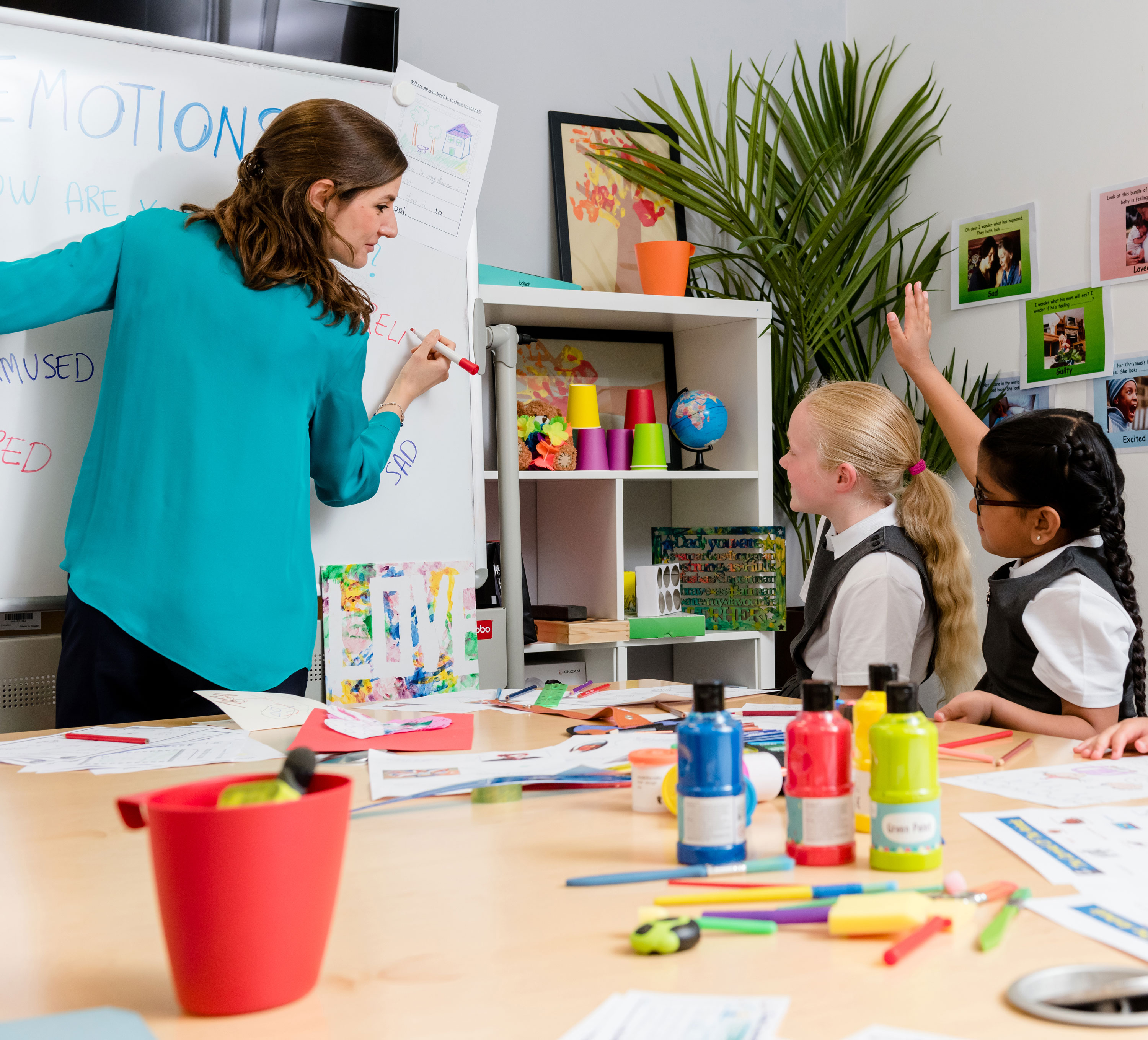- Blogs
- 3 Minute Read


With formal graded lesson observations being used less, schools are rightly looking at different ways of assessing the quality of teaching and learning in classrooms.
Currently, one popular idea is the ‘learning walk’ – where a school leader will move through a school looking at different lessons – (either looking at a theme such as behaviour, differentiation or questioning), – or just getting a general overview of learning. Learning walks can involve questioning students or looking at work – or they can be entirely silent.
The problem is that these learning walks replicate many of the problems that led to the end of traditional lesson observation, while introducing new ones. These include…
Learning walks may seem a more ‘user-friendly’ process, but at least with a single arranged observation teachers could focus on that one planned lesson. A lesson walk that takes place at any time during a week and can leave the teacher and class ‘on edge’ for days if they feel they need to be at their best.
2 . A false picture of learning
While watching a number of shorter lessons may be better than one longer observation in terms of getting an idea of how a class is learning (see Professor Rob Coe’s comment in our previous blog here) very short learning walks are unlikely to provide any insight into what is really happening in a classroom. For example, few classes will maintain perfect behaviour and focus for a whole hour lesson and two visits 10 minutes apart can give a totally different picture.
3. Shallow findings
A full lesson observation can provide many prompts for reflection and later deeper discussion between the teacher and the observer (as you can see from our Case Studies. Lesson walks by contrast may produce surface inferences that may lead to false conclusions or general findings that are only relevant to a minority of teachers. In addition, in England at least, teaching unions advise that a short learning walk is seen as the equivalent of an hour-long formal observation, limiting the overall amount of evidence that can be captured.
4. A return to tick boxes
Schools that have rightly removed the idea of ‘tick box lesson observations’ because they stop teachers thinking more holistically about their lessons may end up reintroducing the same narrow focus by accident. In particular shared ‘best practice’ ideas can be seen as essential– such as students copying ‘learning objectives’ or teachers welcoming students individually to a class.
5. An enhanced ‘Hawthorne Effect’
The well-known ‘Hawthorne Effect’ means that the presence of an observer can significantly affect a lesson. In a longer observation, with the observer sitting quietly at the back of the room this can be minimised, but a senior teacher entering a room will make a major impact – some schools will expect the class to stand up and greet any visitor, for example!
So, where does that leave lesson walks? As with graded lesson observations they will have value in picking up extreme issues (such as a teacher unable to control a class or lacking specific subject knowledge) – but they’re not going to lead to systematic improvement.
1. Collaborative and peer walks
This article (Motivation in Motion: Learning Walks Benefit Teachers and Students in a Dual-Language Primary School) reports on the positive experience of a whole year group of teachers over the course of a whole year conducting a joint learning walk followed by immediate reflection and review. This takes away many of the issues listed above and leans more towards the idea of collaborative lesson study as discussed in one of our earlier blogs.
2. Using video to share best practice instead
One of our partner schools, Amberley Primary School, used peer learning walks to help teachers develop. But as the quote from the school’s Headteacher below shows, by videoing examples of best practice in lessons they were able to share ideas much faster – giving teachers more time to discuss and embed new ideas.
‘Learning walks have been revolutionised. Instead of 14 teachers taking a few hours each to observe best practice (total of 42 hours) the same experience using the camera was shared with them in just 3 hours. Usually this has time and cost implications for us so for Heads to make those savings is crucial.’
Tony Rigg, Headteacher, Amberley Primary School
To find out more about how ONVU Learning can help your school improve its teaching and learning using our innovative teacher training and development solution please get in touch with our team now.

The School of the Future Guide is aimed at helping school leaders and teachers make informed choices when designing the learning environments of the future using existing and upcoming technologies, as they seek to prepare children for the rest of the 21st century – the result is a more efficient and competitive school.
KEEP IN TOUCH WITH ONVU LEARNING AND RECEIVE THE LATEST NEWS ON EDTECH, LESSON OBSERVATION, AND TEACHER TRAINING AND DEVELOPMENT.